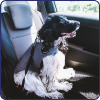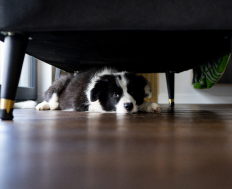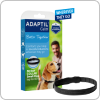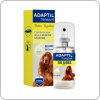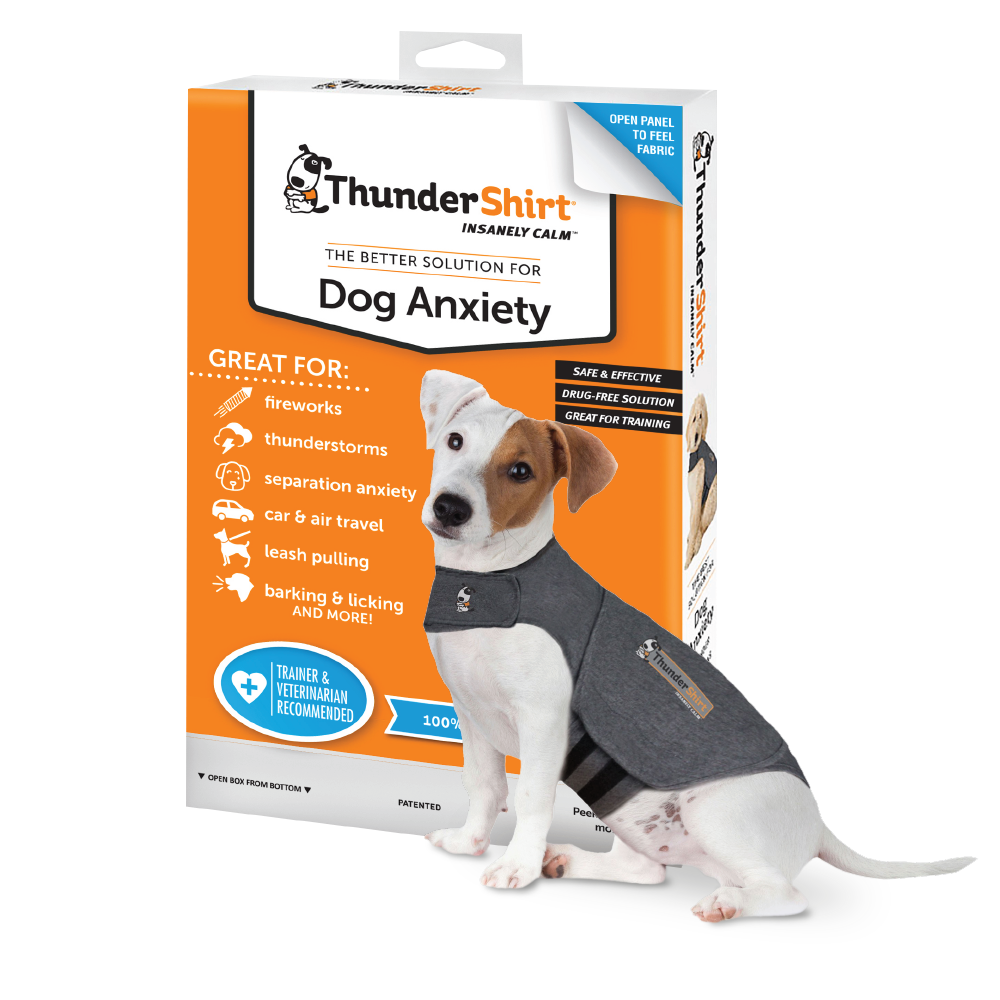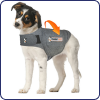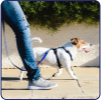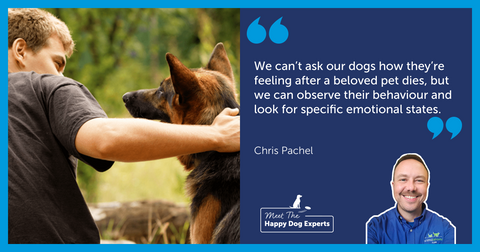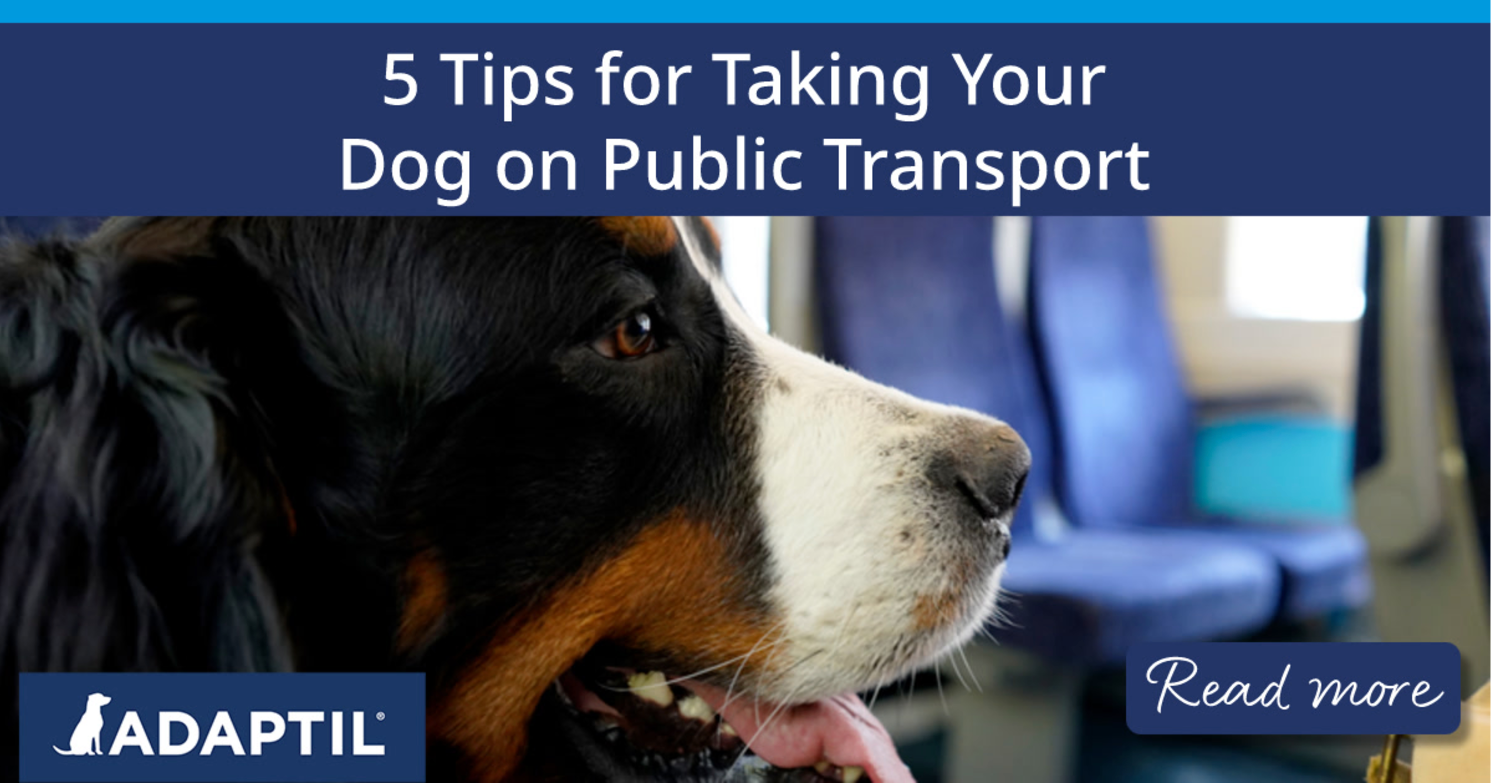
5 Tips for Taking Your Dog on Public Transport
Taking your dog on public transport can sometimes be a daunting thought, but travelling with your dog can allow you to make lots of new memories together! Our four-legged friends love exploring new sights and smells, so public transport can be an exciting opportunity.
If you’re taking your dog on public transport and need some advice, then you’ve come to the right place. Today, we’re exploring all things public transport, so you can start planning new adventures with your canine companion by your side.
Are dogs allowed on public transport?
So, first things first, are dogs actually allowed on public transport? The answer is yes! Dogs usually are allowed on public transport, but it’s important to always check the guidelines in your area just in case of any rules or regulations.
You may find that dogs are not allowed for some coach travel, and different sizes of dogs may have different rules on whether they need to be on a lead or in a carrier. There also may be a limit on the number of dogs you can bring on different types of public transport. Remember to check whether they need their own ticket! When travelling with your dog, make sure they have learned basic cues such as sit, settle, stay, and leave it, as there will be lots of distractions for them to be disturbed.

Can you take a dog on the train?
You can take your pooch with you on some train journeys. Remember to check any policies that are in place before you travel, as some train companies, such as Eurostar trains into London may not allow dogs or have specific rules. It’s also important to check if a ticket dedicated to a dog is needed, as this is a requirement in some countries.
Although some countries and regions have different regulations, in the UK you can travel with up to two dogs on public transport free of charge. At the train station and on the train, it’s important to keep your dog on a lead or in a carrier if they prefer, as usually dogs are not allowed to sit on the seats of a train.
When going through ticket barriers, use the accessible options to give you and your pup more space. Also consider how your dog will exit the transport, as they may need to be carried if there are steep steps or big gaps to traverse.

Can you take a dog on the bus?
Dogs are usually welcome on public buses, but you may have to check if your bus driver allows this beforehand. As always, make sure to check the policies of the transport company to see what the rules are when travelling with a dog, and bear in mind this may be at the discretion of the bus driver.
Even when dogs are allowed on the bus, consider that there may also be another dog in the same space. If this happens, it can be a good idea to keep them separated. With the extra stimuli during the trip, your dog may not respond as they usually would to other dogs.
If you’re taking a long journey on the bus, make sure that there is an appropriate place for your dog to settle. Keep away from doors so it’s easier for your dog to relax and not be disturbed at each stop, and out of walkways so they won’t accidentally have their tail or paws trodden on!
The challenges of taking a dog on public transport
Although many dogs enjoy exploring new places, it’s important to remember that some dogs may not like it so much—and the same applies to public transport. Public transport can often get very busy, and the new people, smells, and noises can sometimes be overwhelming for a dog.
Signs that your dog is not comfortable on public transport can include licking their lips, holding a paw up, chewing or licking themselves, having their ears back, or trembling. It’s important to keep an eye on your pet’s body language when taking a dog on public transport. Similarly, be conscious to avoid overly crowded spaces.
Being mindful of other passengers
When travelling with your pooch, make sure they are kept calm and won’t create a disturbance to other passengers. Be conscious of people using the transport that may be concerned about or allergic to dogs. Your dog may love to say hello to people, but not everyone will feel comfortable with this.
If other passengers do want to say hello to your dog, there may not be a chance to explain how your dog likes to be stroked, so it’s better to advise your fellow travellers not to touch your dog. This also makes sure that your dog won’t be put in a situation where they feel uncomfortable.

What should I take with me when taking a dog on public transport?
When taking your dog on public transport, it’s recommended to have the following:
-
Water – It’s important to take water when travelling with your dog, as well as something for them to drink out of. This is especially important if it’s hot.
-
Poo bags – In case your dog needs to stop for the toilet.
-
Treats – This is a useful reward to your dog for executing cues, helping them remain calm, and bringing your dog closer to you. Giving your dog a treat such as ADAPTIL Chew 30 minutes before departure can help to relax your dog, and having another long-lasting chew for during travel is great for keeping your dog occupied on long journeys.
-
Food – Depending on the length of your trip, bring some food as your pup might get hungry.
-
Blanket – This is good to bring for longer journeys, and if your dog has been trained to settle on a specific blanket, this can make them feel more comfortable.
Training your dog to get used to public transport
When training your dog to go on public transport, it’s important to give them time to ease into it. Try and avoid going straight into the bus or train. Instead, start with getting them used to the environment and reward them for being calm.
To get your dog used to the sounds associated with public transport, gradually move closer to the bus or train with each visit and reward your dog for remaining calm. When your dog is comfortable with being closer, you can move on to short journeys, again rewarding them for positive behaviour. Over time, you can then build up to travelling with your dog on longer journeys.

What to do if your dog is nervous on public transport
If your dog is nervous on public transport, try and travel at quieter times of the day, but if there are no other alternative options for travel, ThunderShirt is a good option for helping to reduce their anxiety. The gentle pressure from ThunderShirt on your dog’s body helps them feel more relaxed. Simply put it on your dog at home when they are calm to get them ready for the journey.
Alternatively, using the ADAPTIL Calm Collar can be a great way to help your dog relax. The easy-to-use collar provides your dog with up to 30 days of pheromone comfort to help them feel safe and reassured wherever they go. ADAPTIL Transport can also be used to relax your pup on the go by spraying their blanket at least 15 minutes before travelling.
If you’d like more tips about travelling with your dog, check out the rest of our blogs online! You can also stay up to date with all the latest news and product info by signing up to our newsletter.
